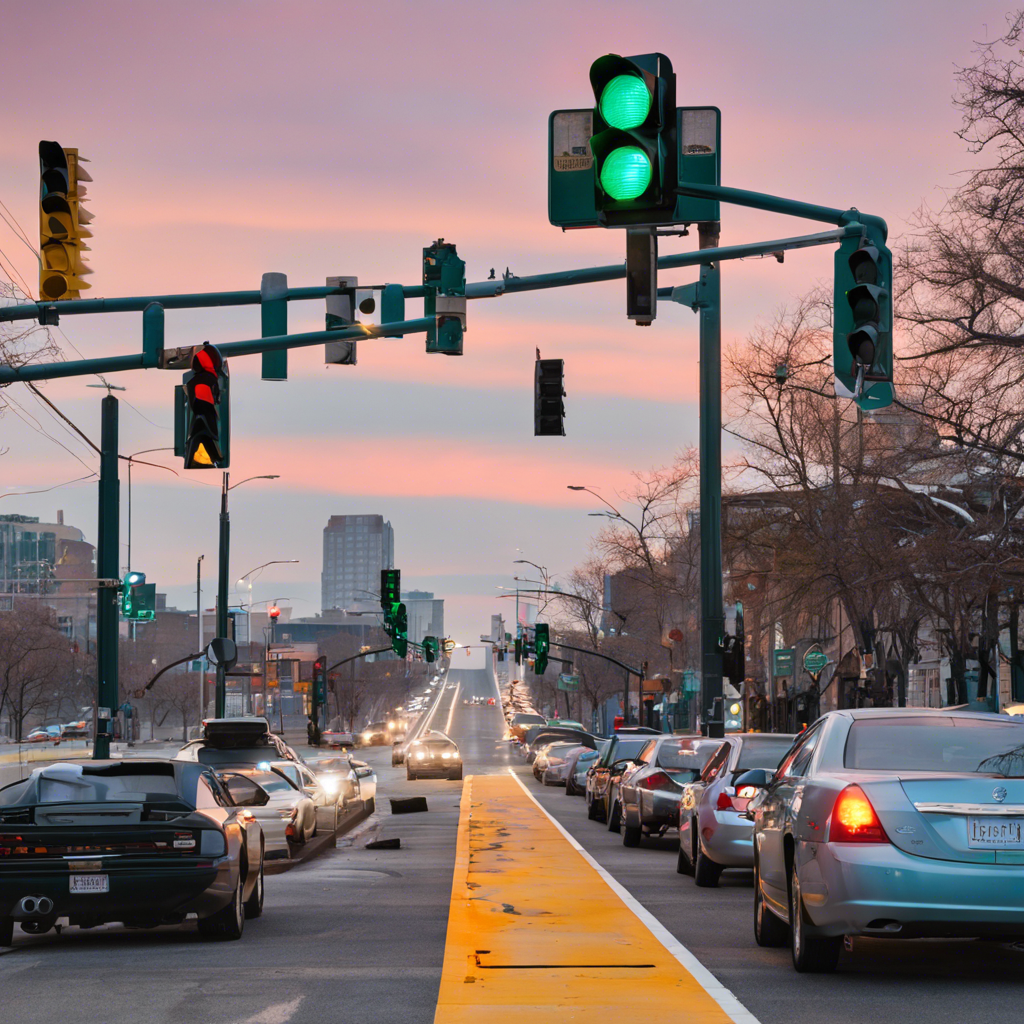Millions of drivers rely on traffic signals daily to navigate intersections safely and efficiently. However, when these signals malfunction or are poorly timed, they can contribute to car accidents, causing injuries and property damage. The role of traffic signal timing in car accident liability is a complex issue that often requires a thorough investigation to determine fault and responsibility.
Traffic signals are designed to regulate the flow of vehicles and ensure a safe and orderly movement through intersections. Proper timing is crucial as it dictates when vehicles should stop or proceed, aiming to minimize delays and prevent collisions. However, if a traffic signal’s timing is incorrect or inadequate for the volume and flow of traffic, it can create a hazardous situation. For instance, a short green light cycle might not allow all vehicles to clear the intersection, leading to potential collisions with crossing traffic.
**Malfunctions and Timing Issues:**
Car accident cases involving traffic signal timing often revolve around two primary factors: malfunctions and improper timing. A malfunction could result from technical failures, power outages, or damage to the signal infrastructure. For instance, a signal stuck on a red light for all directions could cause rear-end collisions or impatient drivers to run the light, increasing the risk of accidents.
Improper timing might involve signal cycles that are too short, too long, or unsynchronized with adjacent intersections. This can lead to driver confusion, abrupt stops, and increased collision risk. In such cases, determining liability may require an investigation into whether the timing met established standards and guidelines set by transportation authorities.
**Investigating Liability:**
When car accidents occur due to suspected traffic signal timing issues, a comprehensive investigation is necessary. This typically involves reconstructing the accident scene, analyzing traffic signal data, and reviewing eyewitness accounts. Experts may examine the timing sequences, traffic volume at the time of the accident, visibility of the signals, and any maintenance records or reported issues with the signal.
Liability may fall on various entities, including government departments responsible for signal maintenance and programming, contractors involved in signal installation or repair, or even municipalities tasked with ensuring safe road conditions. In certain cases, multiple parties could share liability if negligence or oversight contributed to the improper signal timing.
Traffic signal timing plays a subtle yet significant role in ensuring road safety. When it contributes to car accidents, the legal process must delve into technical details to establish fault. As technology advances, traffic management systems should also evolve to minimize these risks through real-time monitoring and adaptive signal controls, ultimately enhancing road safety for all users.
